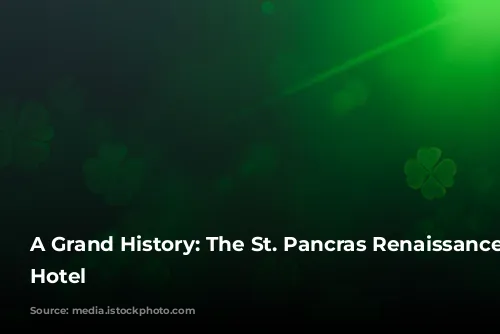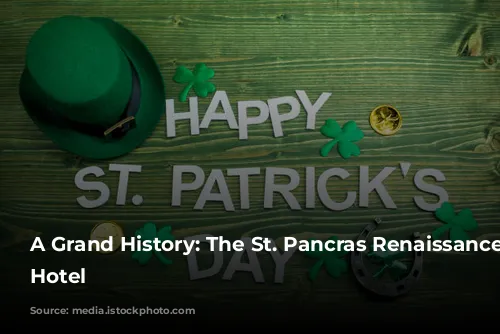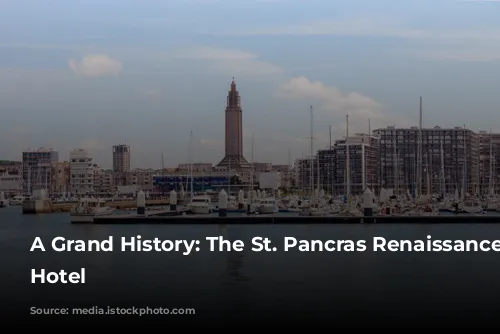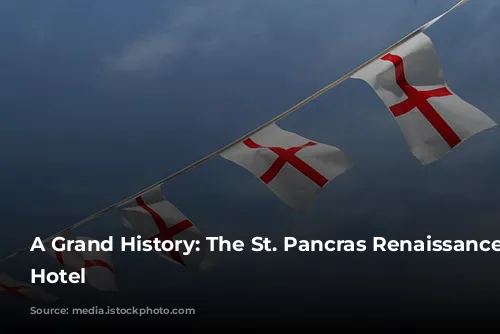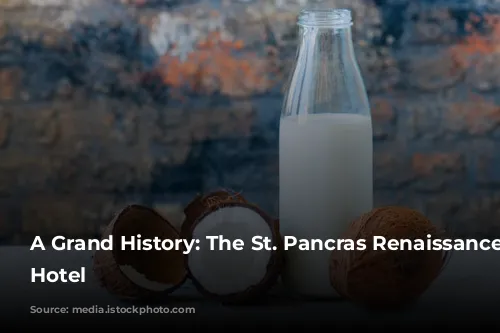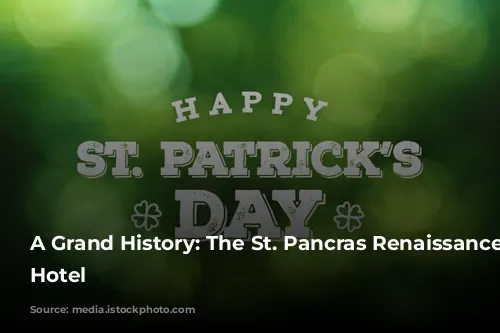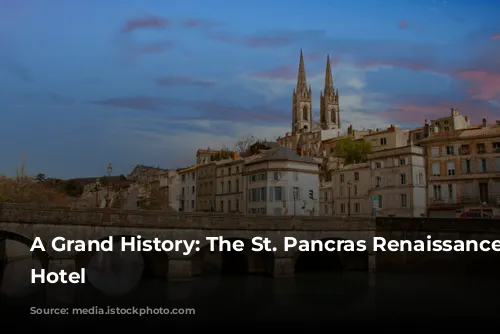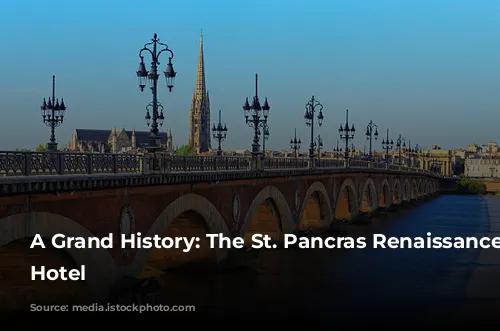Step back in time and enter the grand world of the St. Pancras Renaissance London Hotel. This majestic structure, standing proudly at the front of St Pancras railway station, is a testament to Victorian grandeur and a gateway to Europe. Imagine arriving in London by train, only to be greeted by this awe-inspiring building, a beacon of elegance and history.
The St. Pancras Renaissance Hotel, built in 1873, was originally known as the Midland Grand Hotel. The hotel’s architect, George Gilbert Scott, envisioned a magnificent space with five floors, but construction costs forced a compromise, resulting in the current four floors. It was an innovative and luxurious hotel for its time, featuring hydraulic lifts, concrete floors, revolving doors, and fireproof floor constructions. This opulent hotel even boasted gold leaf walls and a fireplace in every room!
The hotel’s history is rich with tales of luxury and change. From its opening as a grand hotel to its closure in 1935 due to outdated utilities and high maintenance costs, the building has experienced several transformations. It served as railway offices for British Rail, who initially planned to demolish the structure. Fortunately, the Victorian Society, led by Jane Fawcett, successfully campaigned for its preservation. In 1967, both the hotel and St. Pancras station were granted Grade I listed status, ensuring their historical significance was recognized.
A Second Life: From Railway Offices to Modern Luxury
Throughout the late 20th century, the building faced challenges. After failing fire safety regulations in the 1980s, it remained closed until the 1990s, when the exterior was restored at a cost of £10 million. In 2004, permission was granted for the building to be redeveloped into a modern hotel.
This ambitious project brought the Midland Grand back to its former glory. The hotel’s iconic public spaces, including the grand staircase and several bedrooms, were meticulously restored. To cater to modern travelers, a new wing was constructed on the west side of the Barlow train shed, providing modern amenities. The hotel’s lobby is a unique feature, having been created from the former driveway for taxis entering St. Pancras station.
Today, the St. Pancras Renaissance Hotel stands as a vibrant beacon of history and luxury, seamlessly blending the old with the new. The hotel boasts 244 bedrooms, two restaurants, two bars, a health and leisure center, a ballroom, and 20 meeting and function rooms. The upper floors of the original building now house 68 apartments, adding a touch of exclusivity to the complex.
A Movie Star: The St. Pancras Renaissance Hotel in Film and Literature
The hotel’s striking architecture and timeless elegance have captivated filmmakers and writers alike. The building has been featured in numerous films and television productions.
In the 1995 film “Richard III,” the hotel served as King Edward’s Palace. The grand staircase served as the backdrop for scenes in the 1993 film “The Secret Garden” and the 2005 film “Batman Begins.” The hotel’s intriguing presence even inspired Douglas Adams, who used it as the real world alternative to the Norse Gods’ Valhalla in his 1988 novel “The Long Dark Tea-Time of the Soul.”
The St. Pancras Renaissance London Hotel continues to enchant visitors with its charm and history. It remains a popular destination for tourists, particularly those interested in Harry Potter, as it was used as King’s Cross station in several films.
Experience the grandeur and magic of the St. Pancras Renaissance London Hotel – a timeless landmark that perfectly blends the past and the present. You can almost hear the echoes of history within its walls, whisper tales of a bygone era, and imagine the lives that have graced its corridors.
